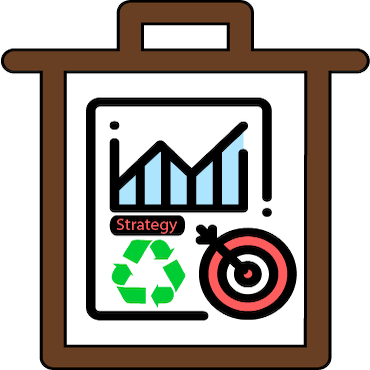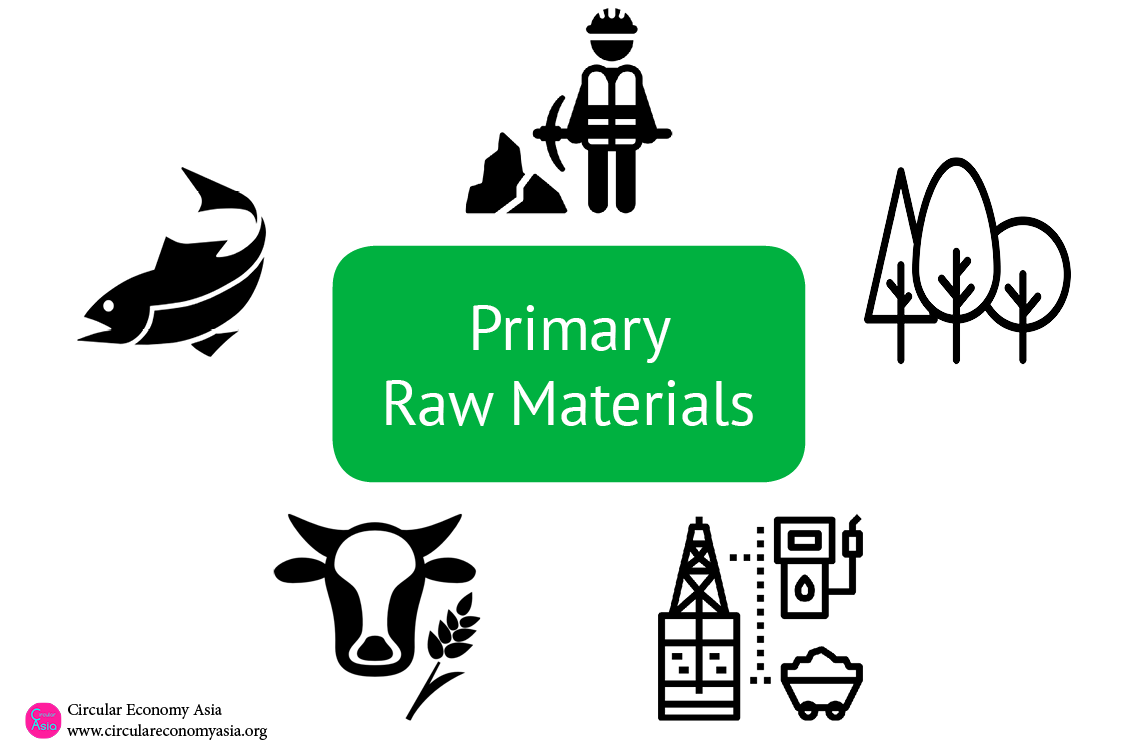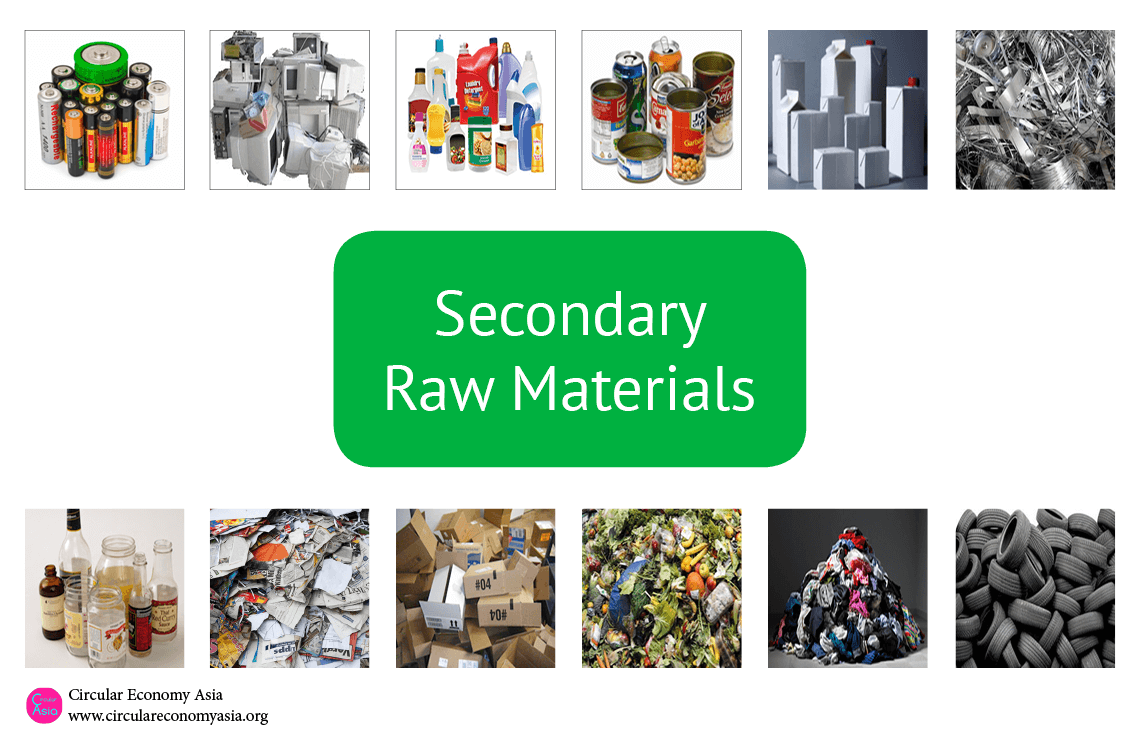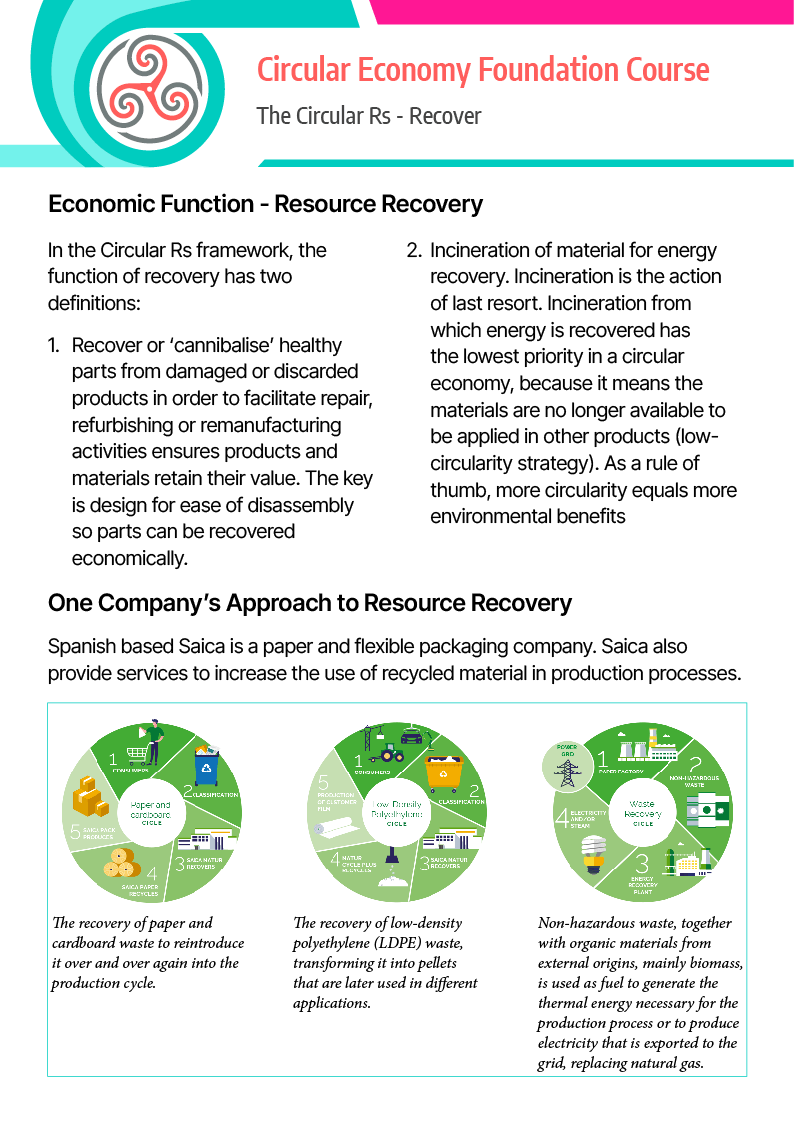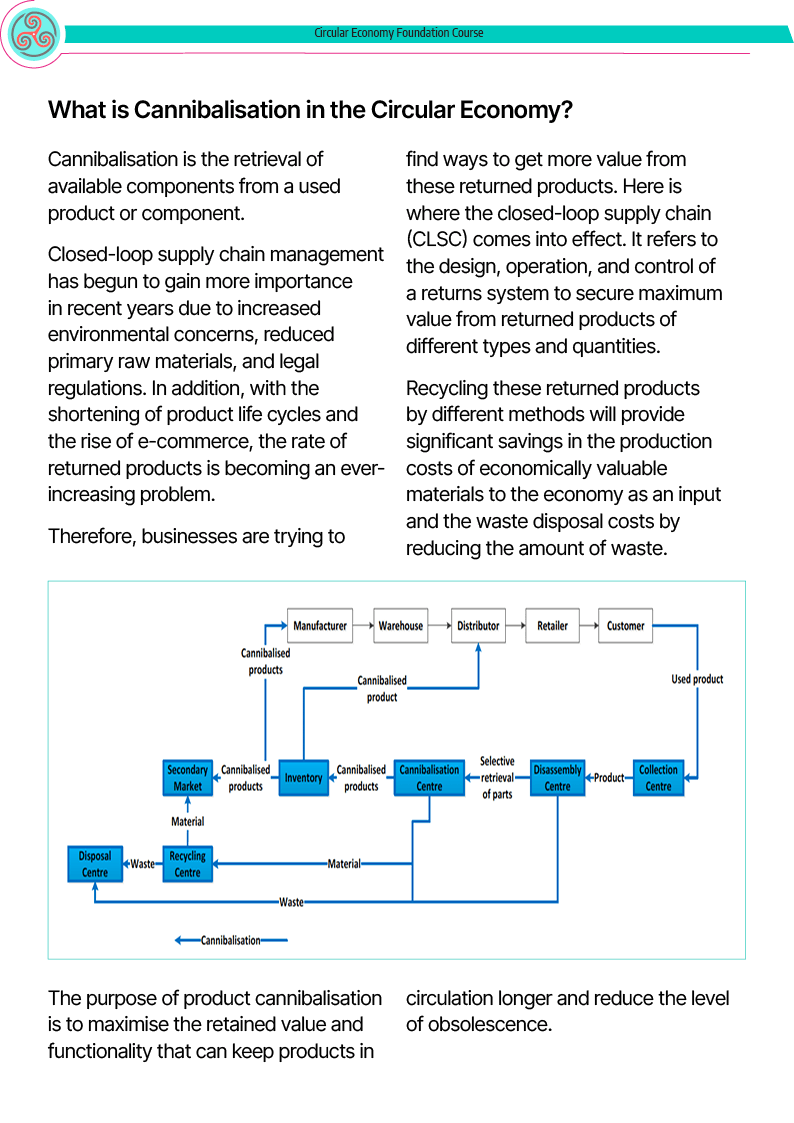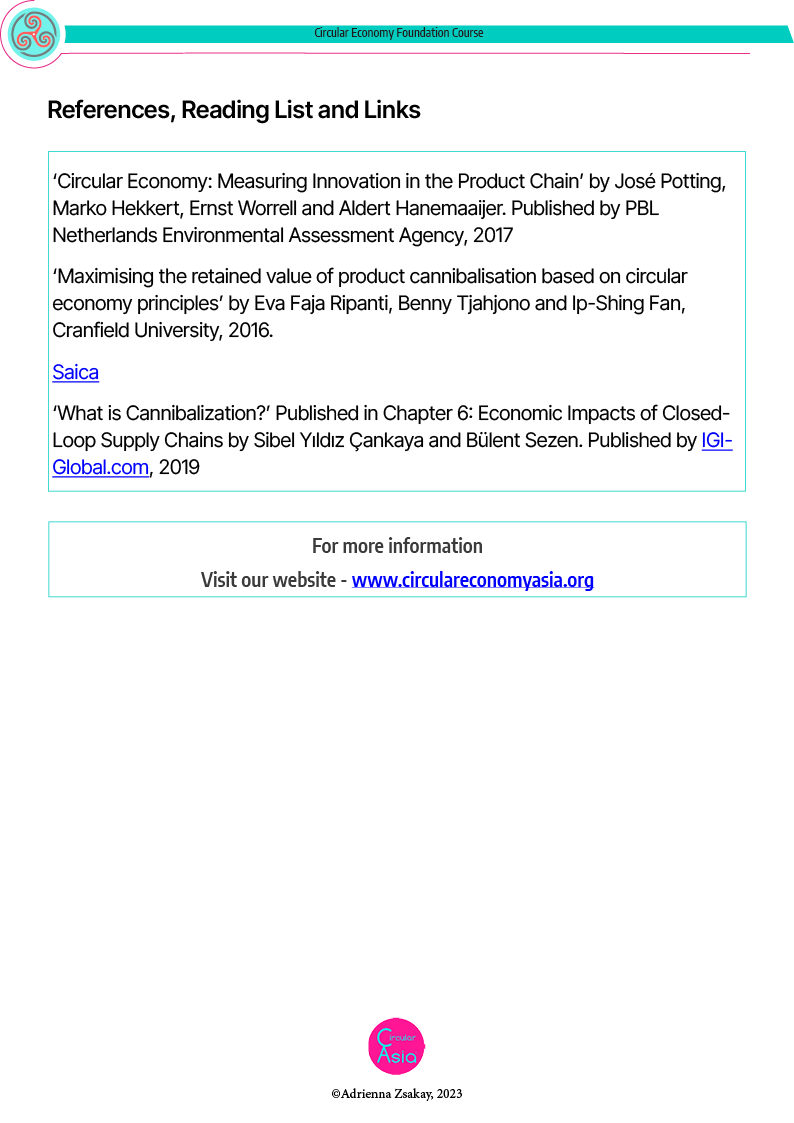Recyclable Resources for a Circular Economy
Here at Circular Economy Asia, we prefer to call recycling – Recyclable Resource Recovery. For a product to be completely recyclable, it must be designed in a way so all of the components to be economically separated and made from materials that are free from toxic chemicals and can be reprocessed for reuse by manufacturers.
The design stage will determine how much value can be retained by the product at the end of the final use-cycle. Many of the products we consume today cannot be reprocessed, and so valuable secondary raw materials are lost.
Primary and Secondary Raw Materials
What are primary and secondary raw materials? Primary raw materials also known as primary commodities or feedstock, are natural, unprocessed substances that are used to produce goods, finished products, energy, or intermediate materials. They are the basic building blocks used to create almost everything we interact with in our daily lives.
These materials are sourced directly from nature, such as ores and minerals. Examples of primary raw materials include steel, oil, corn, grain, gasoline, lumber, forest resources, plastic, natural gas, coal, and minerals. These natural resources, like iron ore, aluminium ore, copper ore, nickel ore, zinc ore, and lead ore, are essential for producing various metals.
Secondary raw materials are reprocessed materials from end of use-cycle products which can be used in manufacturing processes instead of or alongside virgin raw materials. The use of secondary raw materials can present a number of advantages, including increased security of supply, reduced energy use, reduced impacts on the climate, the environment and manufacturing costs.
However, the use of secondary raw materials faces a number of barriers, including the absence of quality standards for certain materials (such as plastics), difficulties linked to the trading of secondary raw materials, and the potential presence of chemicals of concern in existing materials
Click to enlarge and scroll images
Recyclable Resources – An Economic Function of the Circular Economy
Recycled content in products refers to the portion of materials used in a product that have been diverted from the solid waste stream. These materials are recovered either during the production process (pre-consumer or post-industrial recycled content) or after consumer use (post-consumer recycled content). The sum of pre-consumer and post-consumer recycled materials used in a product is referred to as its total recycled content. The greater this sum, the fewer virgin materials are used in the product. Some products come with labels indicating the recycled content used.
It’s important to note that the use of recycled content does not compromise the quality of the products. In many cases, products made with recycled content perform equally well as those made with virgin materials.
Download the twelfth part: Resource and Material Recovery PDF file.![]()
The Circular Rs are part of the Circular Economy Foundation Course.
Energy and CO2 Savings
Here are a few examples of the energy and CO2 savings from secondary raw materials:
Paper: For every 100,000 tonnes of paper:
Energy requirement for primary production: 3520TJ Carbon footprint for primary production: 0.17ktCO2
Energy requirement for secondary production: 1880TJ Carbon footprint for secondary production: 0.14ktCO2
Aluminium: For every 100,000 tonnes of aluminium production from delivered ore concentrate and scrap:
Energy requirement for primary production: 4700TJ Energy requirement for secondary production: 240TJ
Carbon footprint for primary production: 383kt CO2 Carbon footprint for secondary production: 29kt CO2
Glass: The European Container Glass Federation Life Cycle Analysis study shows that every tonne of recycled glass saves 670 kg of CO2 on a cradle to cradle basis. Expressed in terms of percentages, melting 100% cullet (broken glass) reduces the CO2 emissions by about 58% compared to a situation where no cullet is used.
Knowledge Centre
This section covers the following topics: News Articles, Business, Chemical Recycling, Compliance, Container Deposit Schemes, E-Waste, Extender Producer Responsibility (EPR), Informal Sectors (E-Waste, Medical Waste & Solar Panel Recycling), General Information, Research, Separation-at-Source, Tetra Pak, Waste Auditing and Zero Waste.
Videos include Plastics Recycling, E-Waste, Glass, Metals, Polystyrene & Styrofoam, Paper, Business Opportunities and Recycling Schemes.
For country-specific regulations or initiatives, please refer to our ‘Country‘ page for additional resources.
References
- ‘Report on the Environmental Benefits of Recycling’ published by the Bureau of International Recycling, 2008
- ‘Defining Recycled Content‘ by Tristan Roberts, published in Building Green, 24 November 2008
- Knowledge Centre: Freepik from Flaticon
References
- Information: CleanPNG
- Video: Freepik
- Links: Icon Finder
- Molecules images: Freepik from Flaticon
- Recycling image: Freepik from Flaticon
- Resource Recovery logo image: Original from Alice Design listed on The Noun Project. The original design has been extensively modified and coloured.

